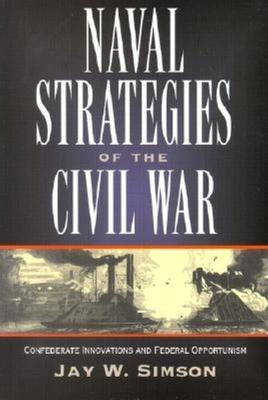Mallory's vision of seapower emphasized technological innovation and individual competence as he sought to match quality against the Union Navy's numerical superiority. Welles had to deal with more bureaucratic structure and to some degree a national strategy dictated by the White House. The naval blockade of the South was one of his first tasks-for which he had but few ships available--and although he followed the national strategy, he did not limit himself to it when opportunities arose.
Mallory's dedication to ironclads is well known, but he also defined the roles of commerce raiders, submarines, and naval mines. Welles's contributions to the Union effort were rooted in his organizational skills and his willingness to cooperate with the other military departments of his government. This led to successes through combined army and naval units in several campaigns on and around the Mississippi River.
Naval Strategies of the Civil War then is the story of the very different approaches each man took in defining and executing the naval struggles of the conflict. Until now, it has been mostly an untold story lost in the general histories of the war. In the end, the author concludes that success favored flexible organization rather than desperate, albeit creative, measures.
